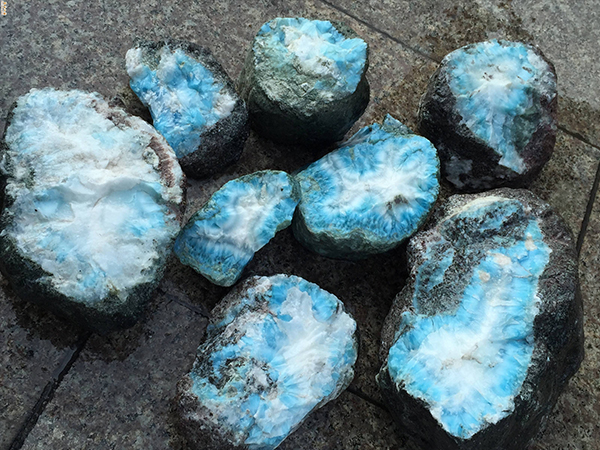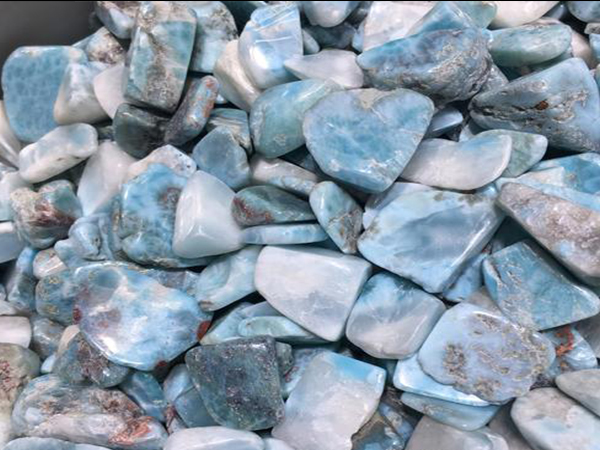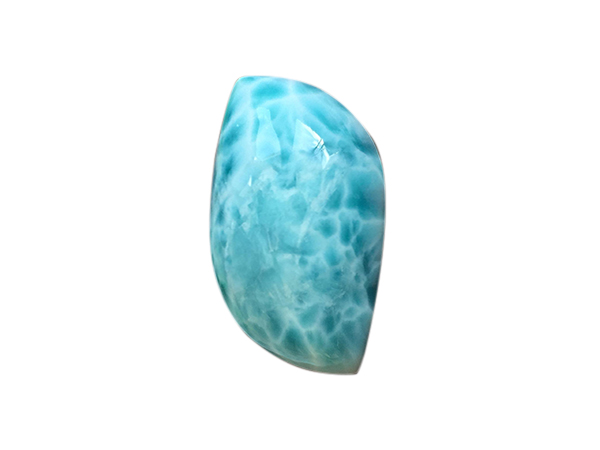PECTOLITE

Introduction to the
An overview of the
Mineral name: Pectolite (compcat) Monoclinic
Chemical composition: Na(Ca> 0.5mn <0.5)2[Si3O8(OH)], stable chemical composition, chemical analysis data:
SiO253.80, FeO 1.00, MnO 0.12, CaO 33.20, Na2O 9.01, H2O 2.94, total 100.07.Mn - rich acushiolite is called manganese acushiolite.

Famous producing area: the world famous producing area includes California, USA (nearredbluffTehamaCounty) and Edinburgh, UK.
Source: in 1828, Kobell was named after the Greek pektos (condensation) for its translucent form.
Crystal form
Usually a dense needle-like or fibrous aggregate, and a radial pellet aggregate;
The crystal structure
Crystal system and space group: triclinic crystal system, C1i -- p-1;
Cell parameters: a0=7.93 angstroms, b0=7.09 angstroms, c0=7.06 angstroms, z=4;
Powder crystal data: 2.901(1)3.082(0.4)3.061(0.2)
Physical properties
Hardness: 4.5-5

Cleavage: cleavage {001}, {100} complete
Fracture: uneven fracture
Color: colorless, white, off-white
Stripes: white
Transparency: transparency or translucency
Gloss: glassy or silky sheen
Luminescence: none
Others: sexual fragility
Optical properties of
Biaxial crystal (+), Np=1.594-1.61, Nm=1.603-1.614, Ng=1.631-1.642, bireflectivity =0.0320-0.0370,
2V(calculated)=42-60, 2V(measured)=50-63.The dispersion is very weak, r, >, v.
occurrence
There are two main types of occurrence: primary minerals, mainly in alkaline rocks;Hydrothermal minerals, mainly the stomatal filling minerals of basalt and diabase, also occur in serpentine, peridotite, calcium-rich metamorphic rocks and skarn.The symbiotic minerals mainly include zeolite, calcite, calcium boronide, graptolite and so on.It is widely distributed in New Jersey, Arkansas, Quebec, Italy, Germany, Scotland, Russia, India and South Africa.
The causes of Bluestone is of volcanic hydrothermal origin, and is the product of hydrothermal alteration after the magmatic period, which fills the pores or pores of andesite and basalt.

Found
The discovery of the blue needle sodium calcium mine dates back to 1916, when the reverend mig of Barahona parish discovered the blue stone mine and applied to the Dominican republic's mining department for exploration and exploitation of the mine, but it was never approved.
Therefore, for a long time the origin of this blue stone has been shrouded in a mysterious color.Dominican geologists MiguelMendez until 1974 and the United Nations peace corps volunteers NormanRilling found this on the beach like the Caribbean sea, beautiful blue stone, and pay attention to these stones are from Bahoruco handling of the river water, they Bahoruco along rivers and the mountains to find a gem mining, finally found gemstones in LosChupaderos town near outcrop.In honor of the new discovery, geologist MiguelMendez combined his daughter's name, Larissa, with mar (Spanish for "sea") to name the beautiful blue stone, Larimar, which has since become the name of the blue calcite gem in commercial use.
Color
With its beautiful blue and blue and white texture, the blue needle calcium calcium stone is deeply loved by people in Europe, the United States, Japan and other countries.The color of blue needle sodium calcium stone basically has light blue, sky blue, volcanic blue (medium bright blue), green-blue, contain iron inclusions to be able to show red.Generally, the quality grade of blue SPAR is classified by color.
The low quality is white and red, followed by light blue and sky blue, and the highest grade is volcanic blue.Generally high quality inlays use sky blue - volcanic blue of the blue needle sodium calcium stone.Green blue also is a kind of distinctive color, but the quality that gives priority to with green tone is poorer.Similar to amethyst, the blue SPAR is also a photosensitive gem. If exposed to strong sunlight for a long time, the color may fade after a few years. Therefore, you should pay attention to avoid the hot sun when wearing it in summer.
